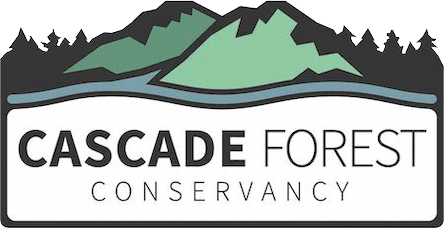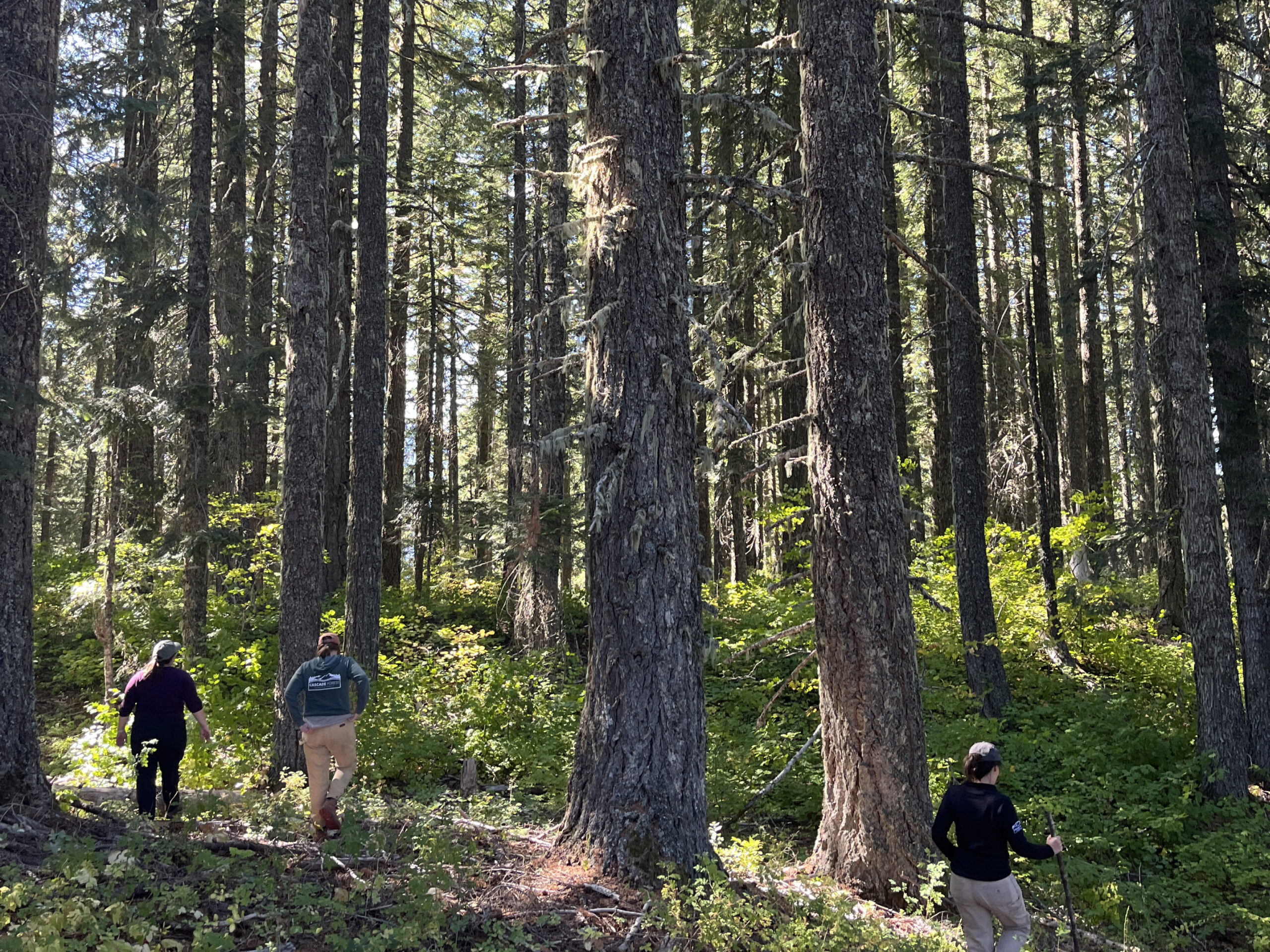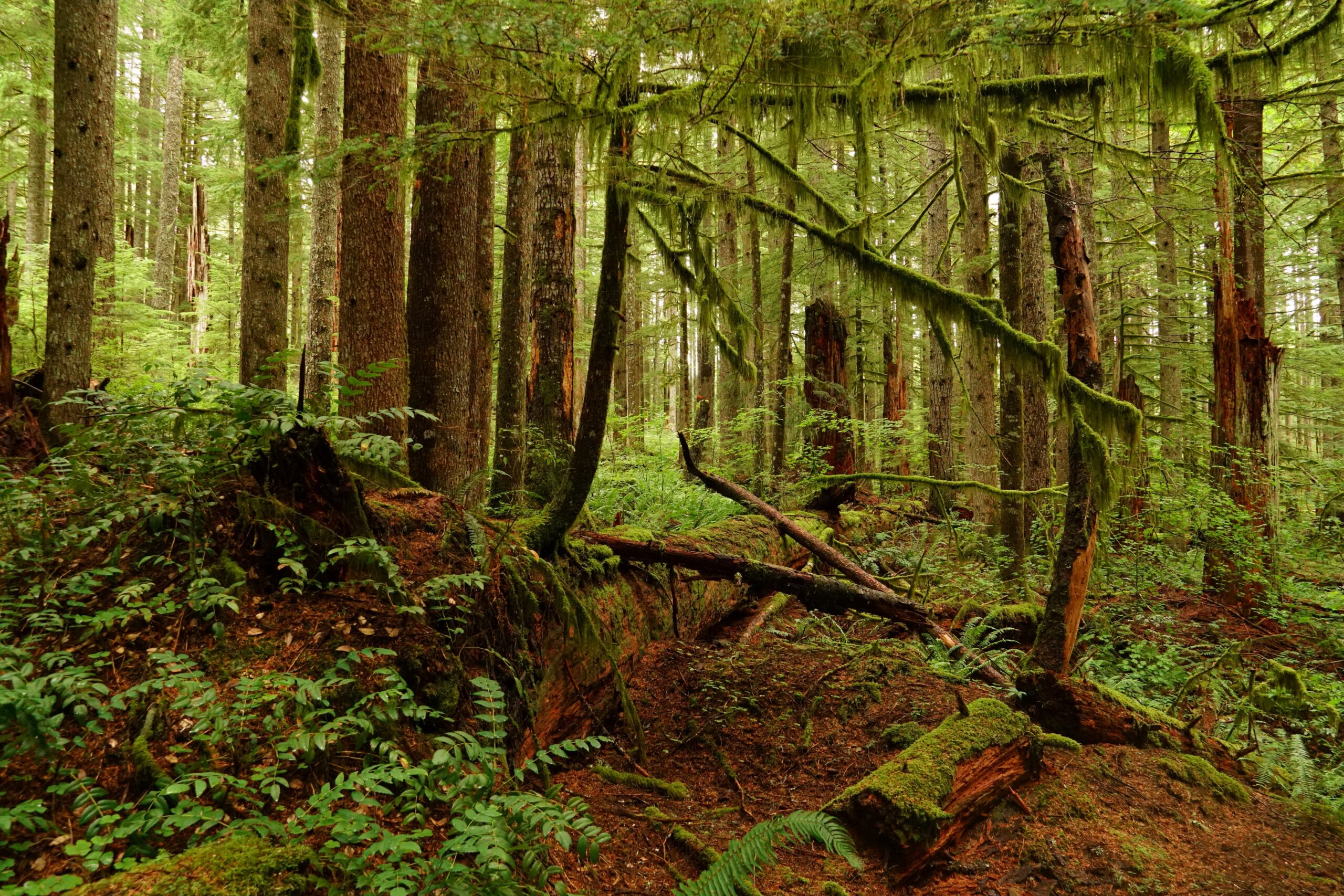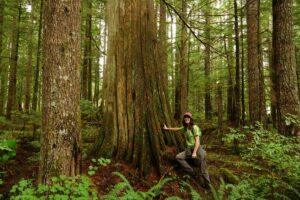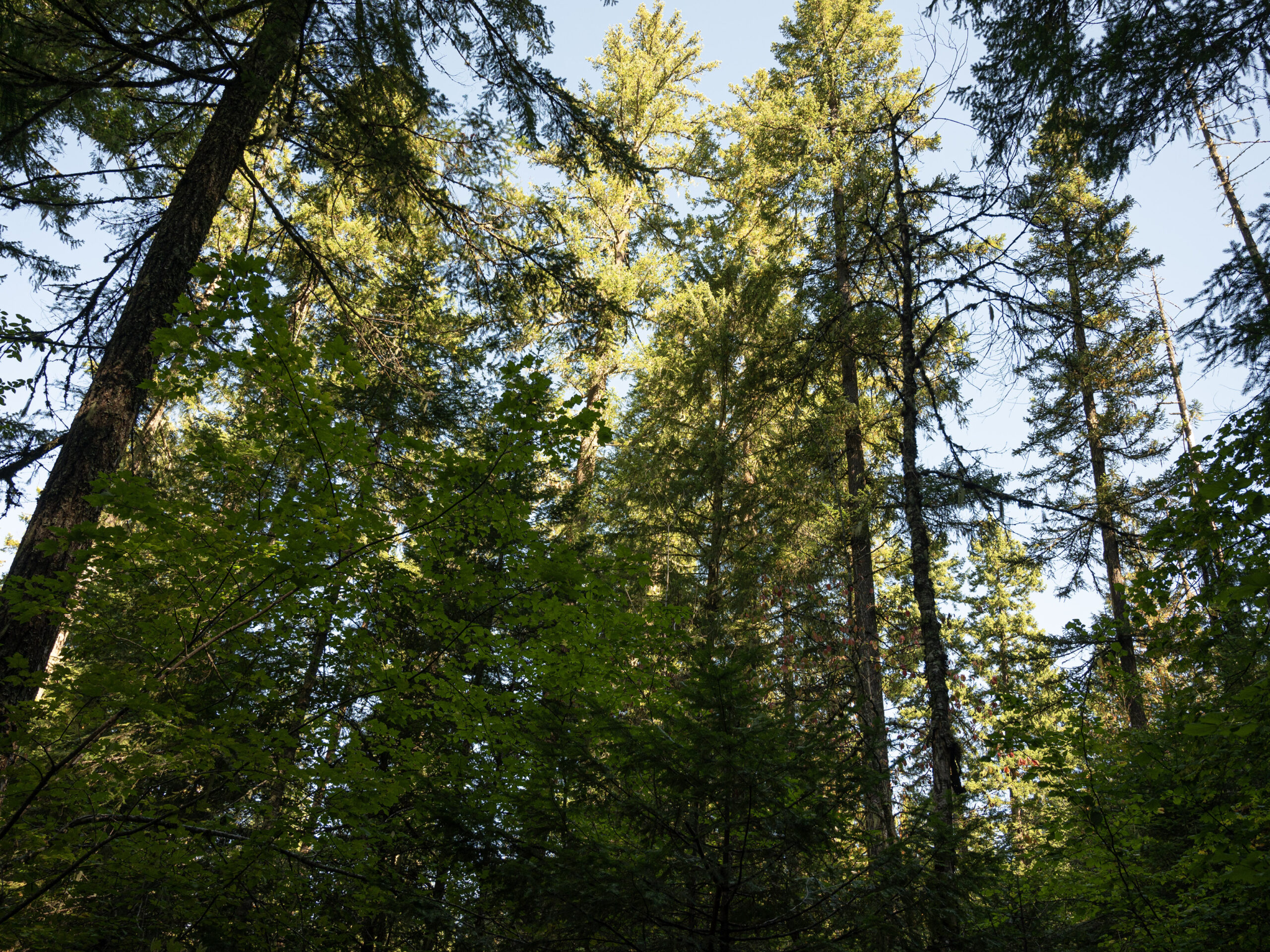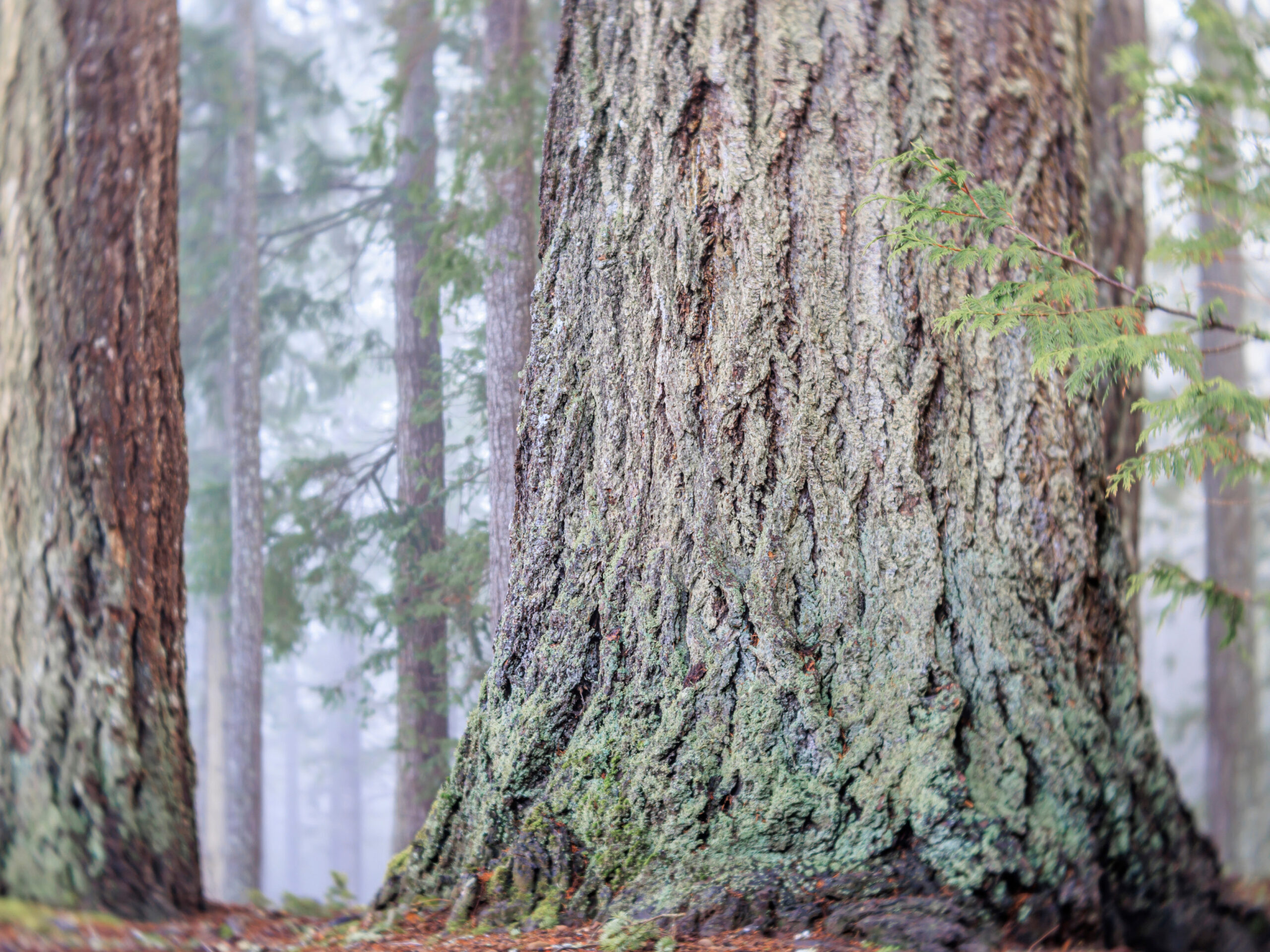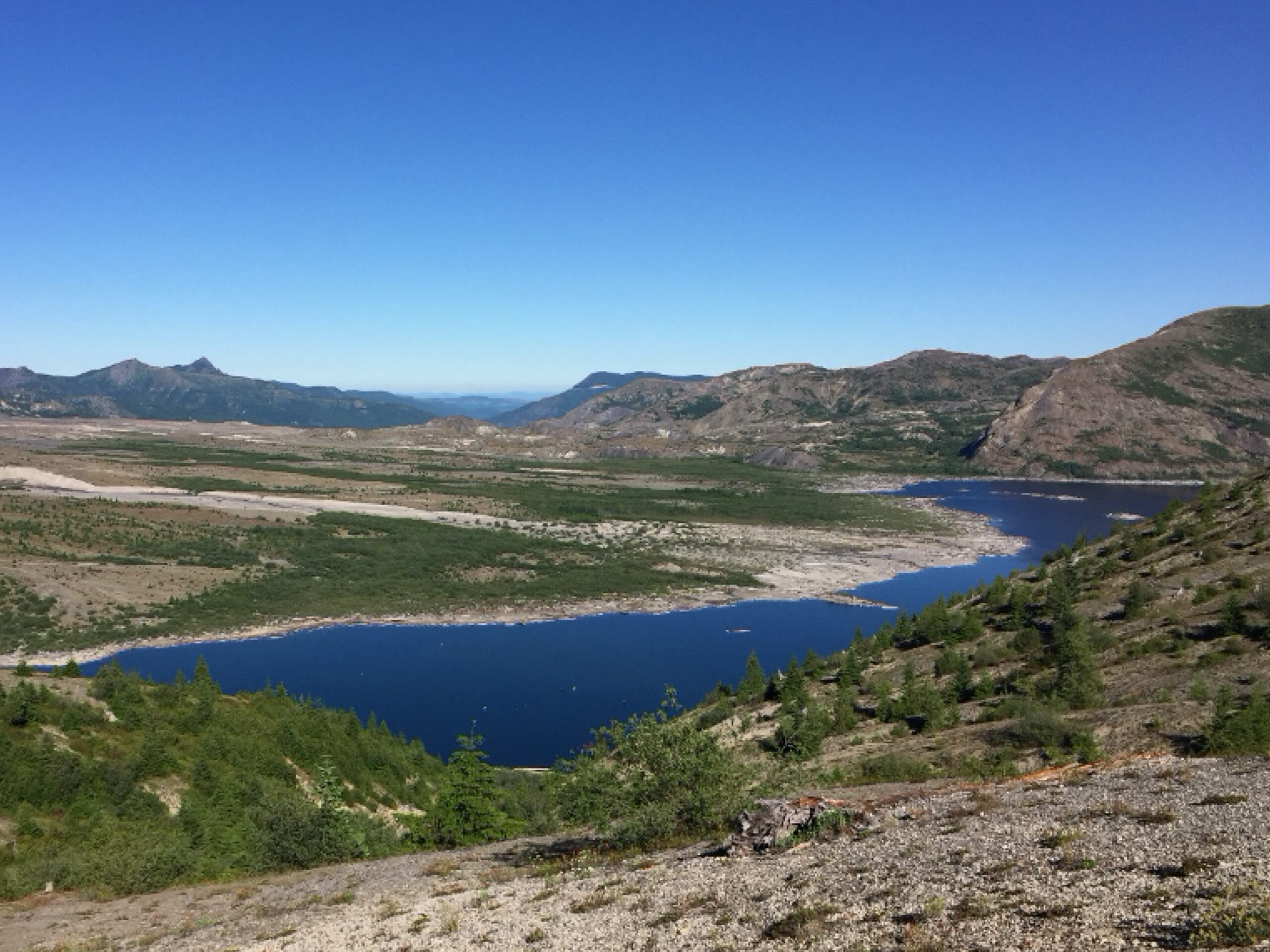Currently, the Washington State Legislature is working on finalizing the state’s budget for the next biennium. As you may have seen in the news, the state anticipates a budget shortfall and is seeking areas to make budget cuts. One place they are looking to make cuts is appropriations for the Department of Natural Resources’ (DNR) Wildfire Response, Forest Restoration, and Community Resilience Account (2SHB 1168). These cuts will impact the important work that DNR does, including funding forest collaboratives, monitoring forest treatments, carrying out scientific studies and analysis on federal forest lands, and providing funds to help communities become more resilient to wildfires.
DNR’s role in maintaining community safety and forest resilience will be especially crucial in the coming years due to the declining federal funding and significant layoffs of federal workers.
The original plan was to fund these programs with $125 million per biennium for at least ten years, starting in 2021. However, the legislature has gone back on that promise in both the House and Senate versions of the budget.
CFC will be reaching out to key legislators to ask them to fully fund DNR’s Wildfire Response, Forest Restoration, and Community Resilience Account at the requested and promised level of $125 million. If you are a resident of Washington state, please contact these key legislators and join us in asking them to fully fund the account at the requested level of $125 million.
You can email or call these legislators directly with your message. These are the legislators who are currently working on the budget. It’s important for them to hear from constituents about what state functions are important to them:
Sen. June Robinson, D: June.Robinson@leg.wa.gov (360) 786-7674
Sen. Derek Stanford, D: Derek.Stanford@leg.wa.gov (360) 786-7600
Sen. Chris Gildon, R: Chris.Gildon@leg.wa.gov (360) 786-7648
Sen. Nikki Torres, R: Nikki.Torres@leg.wa.gov (360) 786-7684
Rep. Timm Ormsby, D: Timm.Ormsby@leg.wa.gov (360) 786-7946
Rep. Mia Gregerson, D: Mia.Gregerson@leg.wa.gov (360) 786-7868
Rep. Nicole Macri, D: Nicole.Macri@leg.wa.gov (360) 786-7826
Note, we expect budget negotiations will happen very quickly, so please send your message as soon as possible to have the most chance of success – preferably by Wed, April 16th.
We’ve created an email template for you to use, provided below. Feel free to personalize your message before sending.
Email Subject: Please fully fund DNR’s Wildfire Response, Forest Restoration, and Community Resilience Account
Dear Senators and Representatives,
[My name is ____, a resident of ____, WA]. I am reaching out to request that the legislature fully fund the Department of Natural Resources’ (DNR) Wildfire Response, Forest Restoration, and Community Resilience Account at the full amount requested, $125 million (2SHB 1168). This money helps DNR do critical work that helps prepare communities for wildfire, support forest collaboratives across the state, support national forests with needed capacity, conduct monitoring of forest treatments, and many other activities that directly benefit communities and all forests in the state.
At a time when the federal government is pulling back funding, it is imperative that the state is able to step up. Therefore, please fund DNR’s Wildfire Response, Forest Restoration, and Community Resilience Account (2SHB 1168) at the requested amount of $125 million.
Thank you for your time,
[Name]
[WA city of residence]
Taking action to contact these key legislators now could have a huge impact on forest and community health in Washington state. Please help us keep these important programs funded in the next biennium.
If you have any questions, feel free to reach out to Ashley at Ashley@cascadeforest.org.


